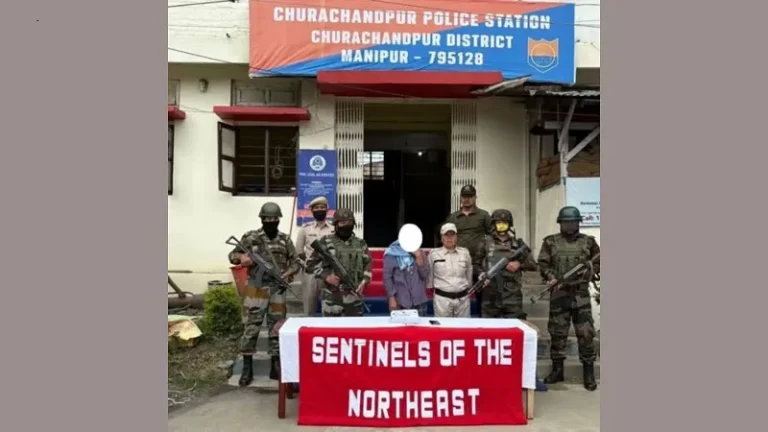Manipur Requests Myanmar Refugees to Return Home by 2025: Impacts and Future Implications
Introduction: The Refugee Situation in Manipur
With ongoing unrest in Myanmar, a growing number of refugees have fled to Manipur seeking safety. However, the Manipur government has recently set a timeline, requesting these refugees to return by March 2025. This decision addresses both humanitarian and logistical challenges faced by the state. In this article, we’ll explore the reasons behind this decision, the challenges it poses, and what it could mean for the future of Manipur and the refugees alike.
Understanding the Myanmar Conflict and Its Impact on Manipur
Myanmar has faced severe political turmoil, resulting in violence, economic instability, and displacement of its citizens. Neighboring states like Manipur have been affected, as refugees cross borders seeking refuge from persecution. Over time, the rising number of refugees has added pressure to Manipur’s local resources, prompting the government to establish a timeline for their return.
The Timeline and its Significance: Why March 2025?
The government’s decision to set March 2025 as the deadline for refugee return is influenced by several factors:
- Resource Management: With limited resources and infrastructure, Manipur is struggling to accommodate the increasing refugee population.
- Security Concerns: Unregulated refugee movement can pose security challenges, especially in areas close to international borders.
- Encouraging Stability in Myanmar: This timeline serves as a diplomatic gesture, hoping to encourage Myanmar’s return to stability.
COCOMI’s Reaction and Local Sentiments
Local groups like COCOMI have echoed support for the government’s decision, emphasizing that while humanitarian support is vital, there are limits to what Manipur can provide. Local sentiments are shaped by the need to balance compassion with pragmatism, ensuring that local resources and stability are preserved.
The Refugees’ Perspective: Safety Concerns and Humanitarian Needs
For refugees, returning to Myanmar is fraught with uncertainty. Many left due to threats to their lives, and despite the government’s deadline, there’s widespread fear about the risks of returning. Human rights organizations argue that a premature return could jeopardize the safety of these refugees.
Humanitarian Efforts and International Involvement
Manipur’s decision has attracted the attention of international bodies concerned with refugee welfare. Organizations like the UNHCR are likely to monitor the situation closely, ensuring that any refugee returns are conducted in accordance with humanitarian standards. Collaborative efforts between local and international bodies could offer temporary solutions, such as support for refugee resettlement and monitoring.
The Path Ahead: Balancing Humanitarian Concerns with Practicality
Moving forward, Manipur and central government authorities will need to balance local concerns with humanitarian responsibilities. If Myanmar’s stability remains uncertain, policies could adapt to reflect the challenges of premature return, potentially extending the timeline or providing alternative solutions.
Conclusion: Navigating a Complex Issue
Manipur’s request for Myanmar refugees to return by 2025 reflects a complex interplay between humanitarian responsibility, local challenges, and geopolitical considerations. The next few years will reveal how effective this policy is and whether it will need to evolve in response to changing circumstances in Myanmar and Manipur.
FAQs
- Why has Manipur set a deadline for Myanmar refugees to return?
- The government cites resource limitations and security concerns as reasons for the 2025 deadline.
- What challenges do refugees face if they return to Myanmar?
- Many fear persecution, violence, and instability if they return prematurely.
- How has the international community responded?
- International organizations are likely monitoring the situation to ensure refugees’ rights are protected.
- Are there any exceptions to the March 2025 deadline?
- The policy may adapt based on circumstances in Myanmar, but specific exceptions haven’t been detailed.
- How are local communities reacting to the refugee presence?
- While there’s support for humanitarian aid, locals are concerned about resource strain and stability.


